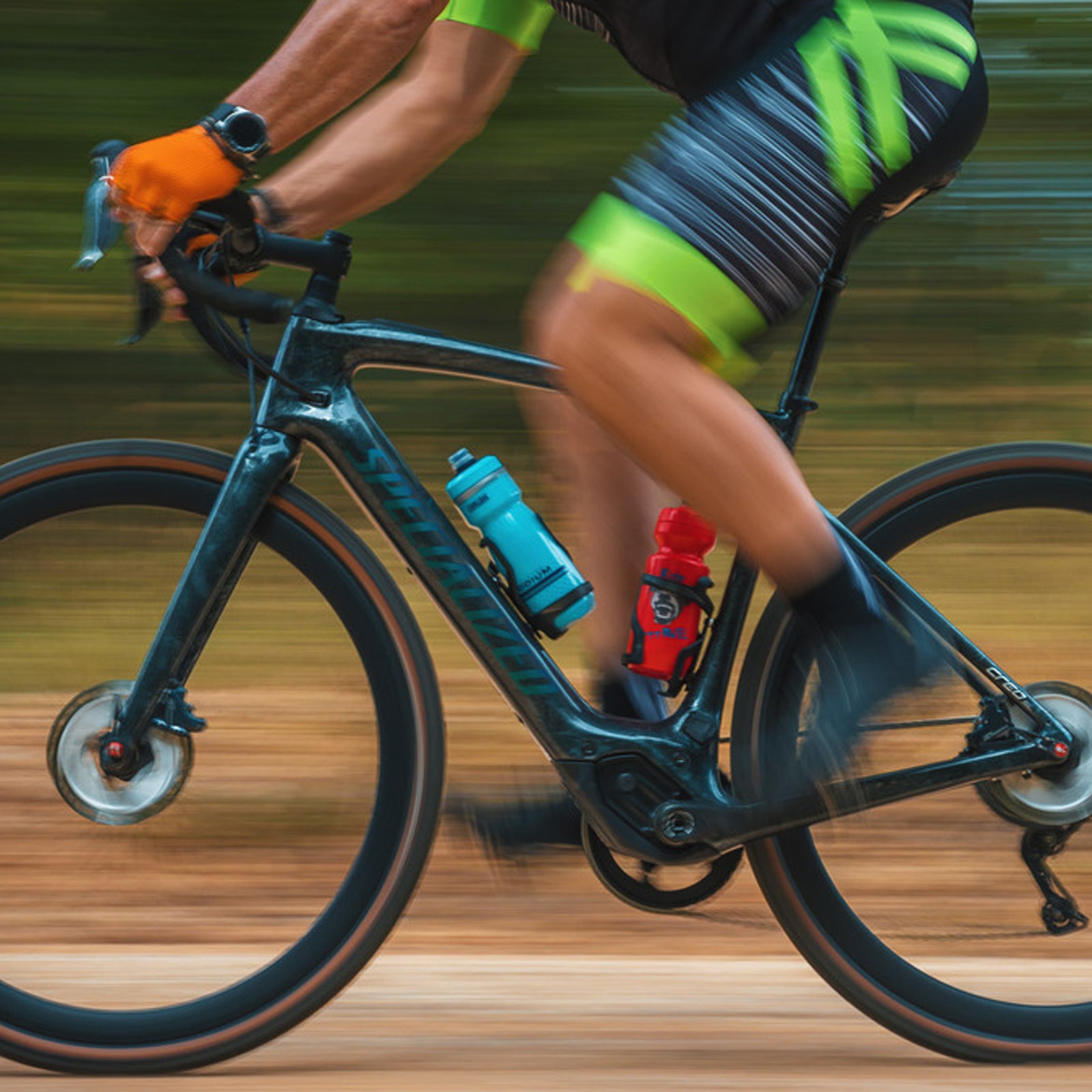For the past few years, electric mountain bikes have been a point of contention among mountain bikers, public-land managers, and the cycling media, bringing with them thorny discussions about access.
Not so with electric road and gravel bikes. They just don’t carry the same baggage as their off-road counterparts. That’s not to say they don’t have their naysayers. But many of the concerns have less to do with rules and regulations than with the aesthetics of road cycling and fears of Strava segments being “stolen” by riders who have a bit of motorized assistance. Still, the facts are clear: these machines can empower new riders and keep older cyclists riding well into their golden years.��
Because of these obvious advantages, e-road bikes are poised to become a growth category in the coming years. Motor and battery technologies have reached the point where they are small, light, and efficient enough to be tucked inside frames that closely resemble traditional road bikes. These advancements come at a time when a portion of the cycling market is in danger of aging out of the sport.
“Cyclists are buying our e-road bikes so they can enjoy group riding again,” says Jordan Hukee, marketing director of Orbea USA. “They are cyclists more than 45 years of age who simply can’t train as much or produce the power they could in the past but don’t want to give up on the social aspect of riding with friends.”
Brad Cole, marketing manager at Look USA, concurs with this assessment and sees room for cyclists beyond this cohort. “Riders over 50 will drive the early growth of the category, but as it matures, you’ll start to see riders of all ages adopting the technology, especially as it becomes more refined,” he says.
E-road bikes are a few years behind e-mountain bikes in terms of development. Companies are experimenting with different drive systems (such as the middrive motors commonly used on mountain bikes), as well as rear-hub-based systems, like the ebikemotion X35 motor found on last year’s Road Bike of the Year, the .��
The demands of this category are very different from mountain bikes. Total weight and weight distribution are very important factors on the tarmac, where many cyclists prioritize ride feel. Many e-road-bike manufacturers have traded wattage and range to reduce complete bike weights to 25 to 28 pounds, a range that’s more palatable for veteran riders accustomed to riding 15-to-18-pound road bikes but who might need a little boost.��
The e-bikes in our test in October were categorized as Class 3, meaning their power comes from pedaling assistance without a throttle, and that they have a maximum assisted speed of 28 miles per hour. The two favorites in this year’s test were gravel bikes: �����Ի���.
Testers appreciated their go-anywhere versatility, plus there was very little penalty for riding knobby gravel tires on the pavement with a bit of extra wattage in the tank. These bikes stood out for their excellent weight distribution and the fact that their motors were designed to produce little to no noticeable drag when they were turned off.��
A handful of hammerheads in our test group griped (mostly jokingly) about losing Strava KOMs to those on e-road bikes, but this was overshadowed by all the ways these machines empowered our testers. One of our older riders remarked that he had passed his love for cycling onto his son, who can now drop him in a heartbeat. An e-road bike probably wouldn’t stop this, but it would allow this father to ride alongside his son on a Sunday group ride.
Additionally, several of our testers lamented that they hadn’t been able to ride as much as they had wanted in recent months, and that their training plans had been derailed by the demands of work and family life. Thankfully, they still showed up, and I think these folks had more fun than anyone else in our posse. E-road bikes allowed them to keep up at a conversational pace and socialize on rides they would have otherwise skipped. We think these types of meaningful experiences will make the e-road category blossom in the coming years.


